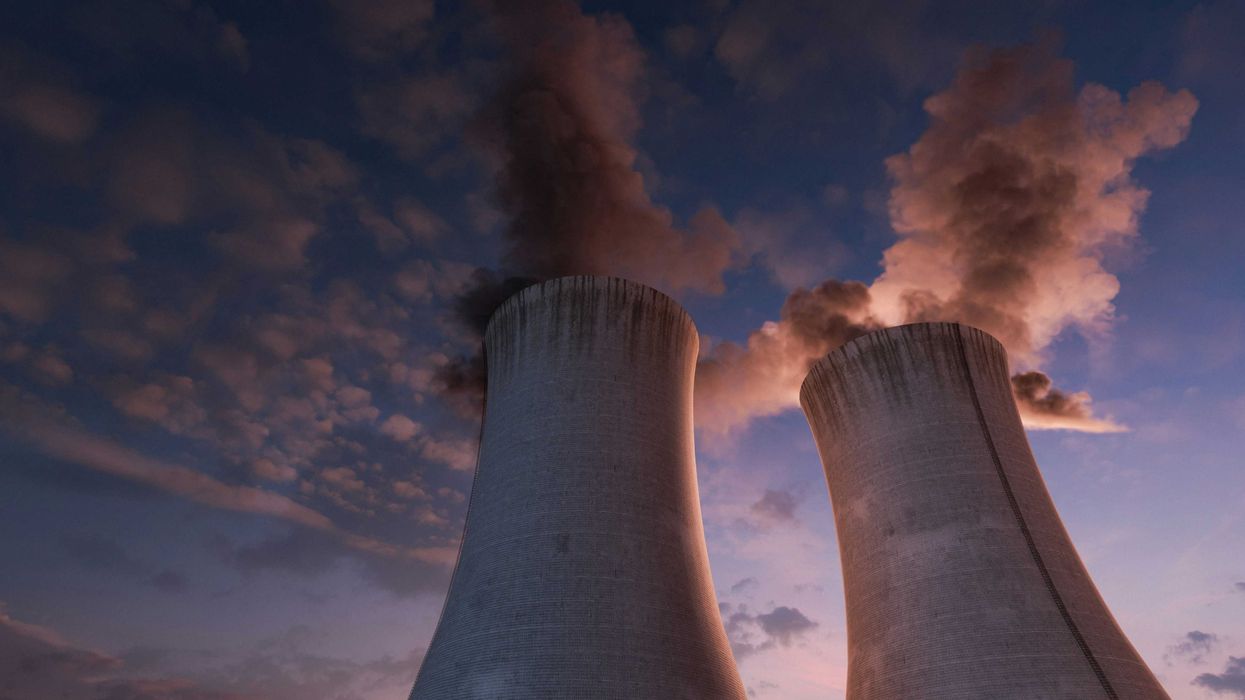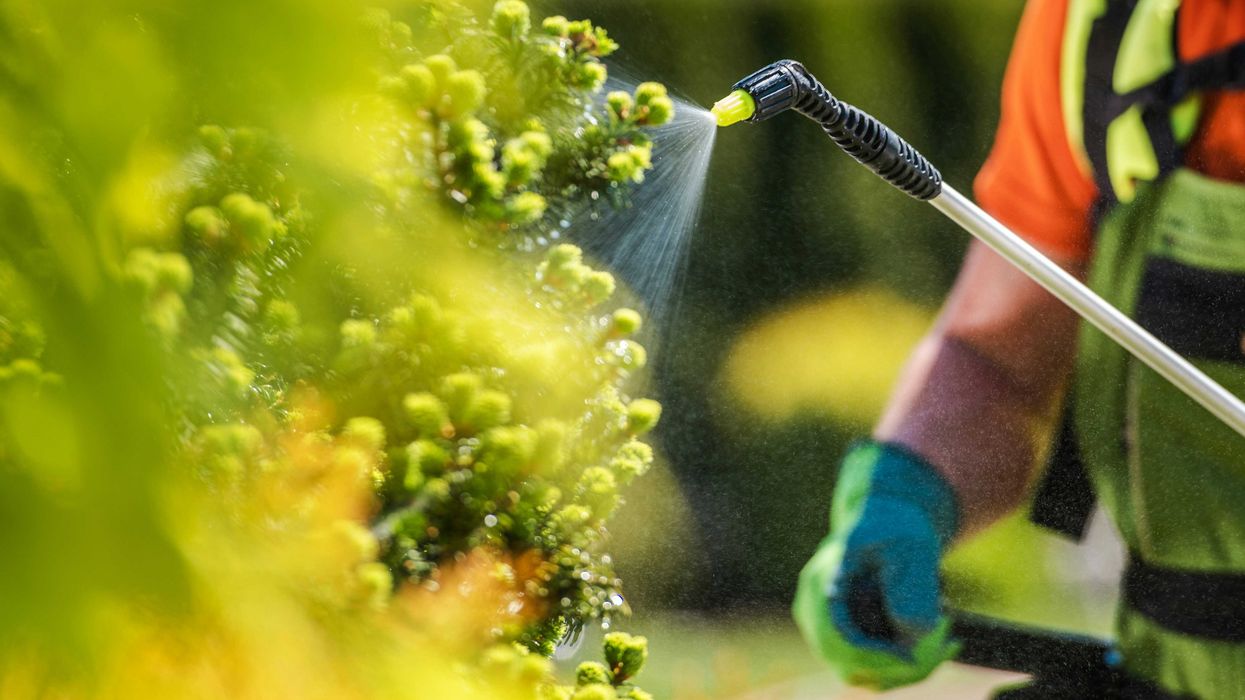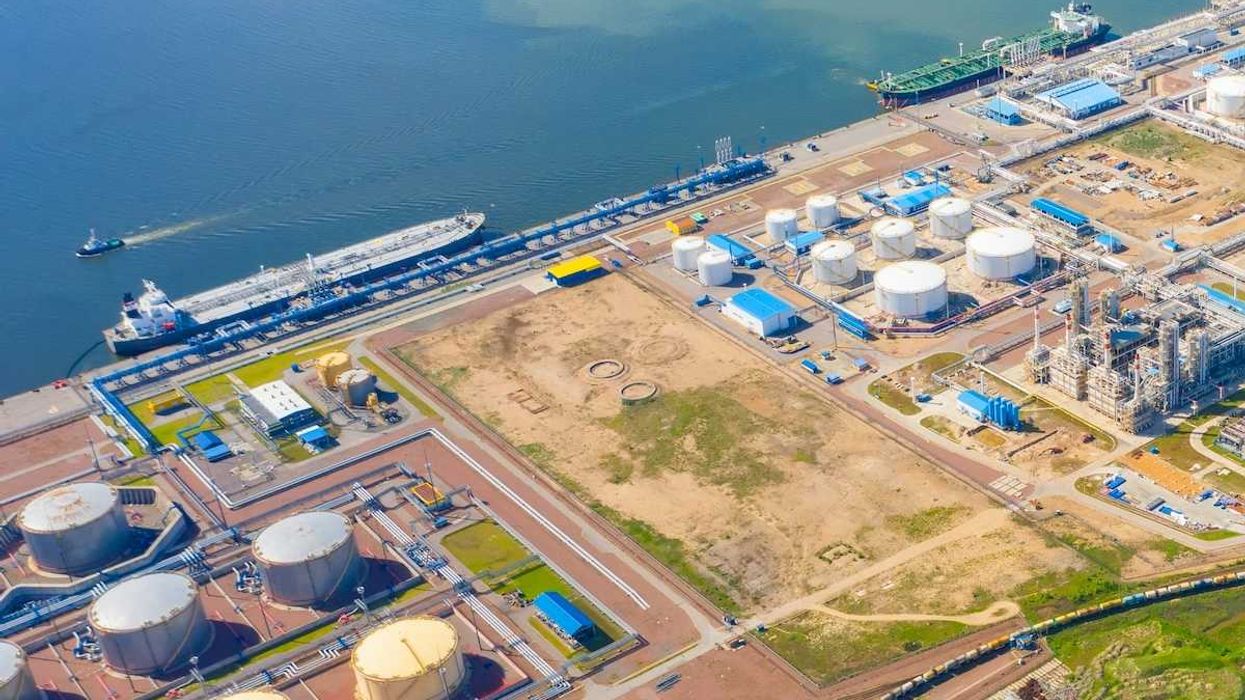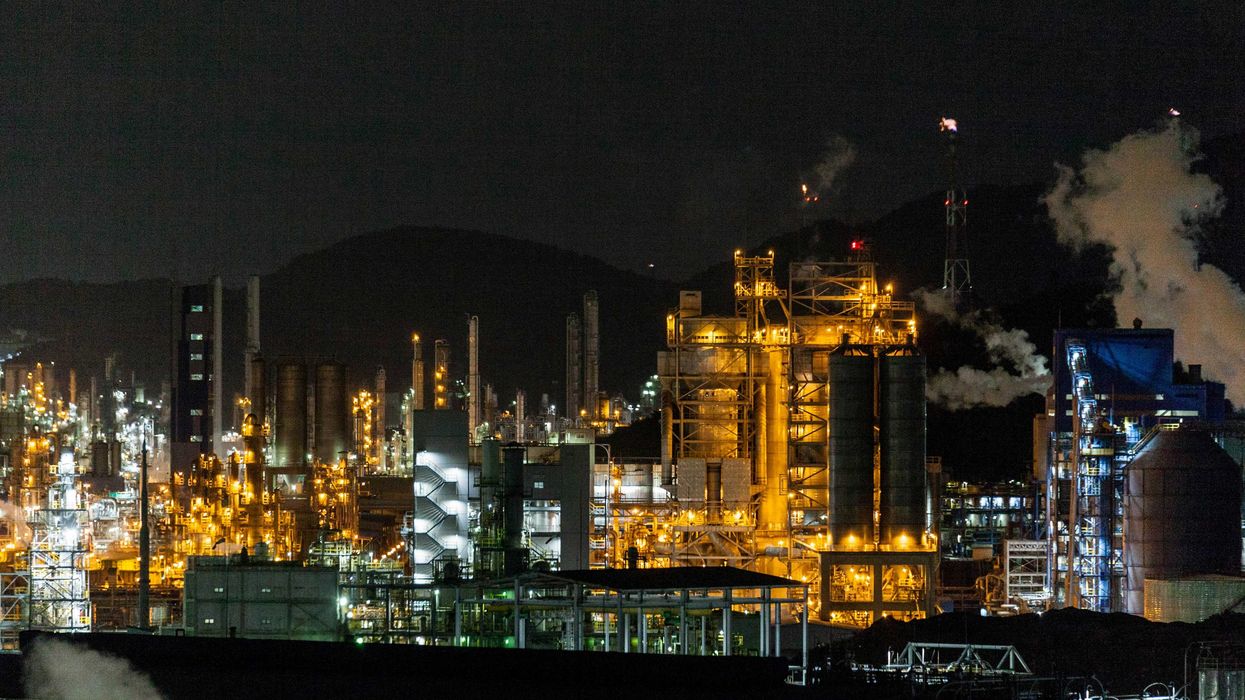As cancer rates rise globally, the increasing use of cancer drugs poses significant environmental hazards, particularly for aquatic ecosystems and potentially drinking water.
Valérie S. Langlois and Diana Castañeda-Cortés write for The Conversation.
In short:
- Cytostatic drugs, used in cancer treatment, are not fully eliminated by wastewater systems, contaminating aquatic ecosystems.
- These contaminants harm fish, particularly affecting swim bladder function and thyroid hormone regulation, crucial for fish survival.
- There is a lack of comprehensive data to inform regulators, highlighting the need for further research and improved wastewater treatment.
Key quote:
"It is not beyond the realm of possibility to imagine a future feedback loop where the increased use of cancer-treating cytostatics themselves leads to increasing rates of cancer."
— Valérie S. Langlois and Diana Castañeda-Cortés, environmental researchers
Why this matters:
The contamination of water bodies with cancer drugs could disrupt entire ecosystems and poses a potential risk to human health, especially children, if these drugs enter the drinking water supply. Read more: Hundreds of chemicals identified as potential risk factors for breast cancer.














